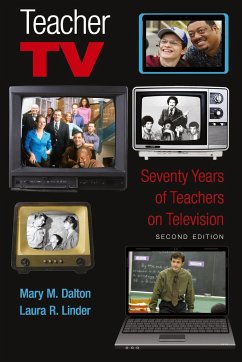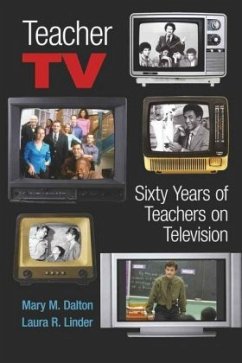
The Uses of Television in American Higher Education
Versandkostenfrei!
Versandfertig in 1-2 Wochen
69,99 €
inkl. MwSt.

PAYBACK Punkte
35 °P sammeln!
What place does instructional television have in U.S. higher education? This comprehensive treatment in an historical framework examines the ways in which television extends postsecondary educational and training opportunities. The book focuses on the applications of technologies to relevant education and training needs and problems, such as the ever-growing demand for continuing occupational/professional education and training. The study covers early successes and failures, the telecourse as a teaching method, new instructional uses of television, and the future of television use in higher ed...
What place does instructional television have in U.S. higher education? This comprehensive treatment in an historical framework examines the ways in which television extends postsecondary educational and training opportunities. The book focuses on the applications of technologies to relevant education and training needs and problems, such as the ever-growing demand for continuing occupational/professional education and training. The study covers early successes and failures, the telecourse as a teaching method, new instructional uses of television, and the future of television use in higher education. The author's experience as an administrator and as a consultant to a variety of agencies (academic and otherwise) that employ television for instruction gives him a unique vantage point. He demonstrates that television has secured its place in higher education, particularly as the need for and interest in distance teaching has grown. Opening sections describe those who are learning via television, as well as the attitudes and concerns of faculties. Instructional television design and production is addressed. Succeeding chapters review efforts made to evaluate the effectiveness of television instruction and examine characteristics of television learners. The impact of television on the current distance learning movement is explored. The inter-institutional and cooperative relationships that have grown out of instructional television are seen as added benefit. Finally, new video technology is shown to help college-level educators serve more people in new ways. Those involved in education, occupational training, and communications will find essential information in this book.














